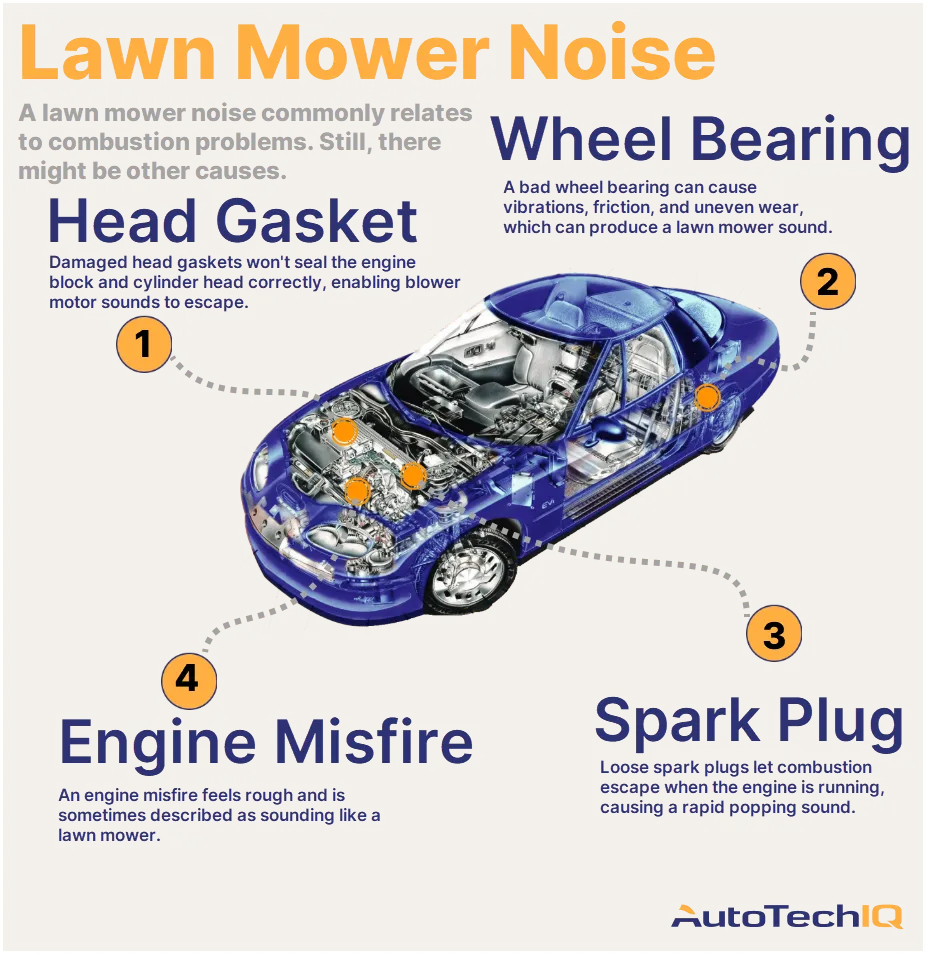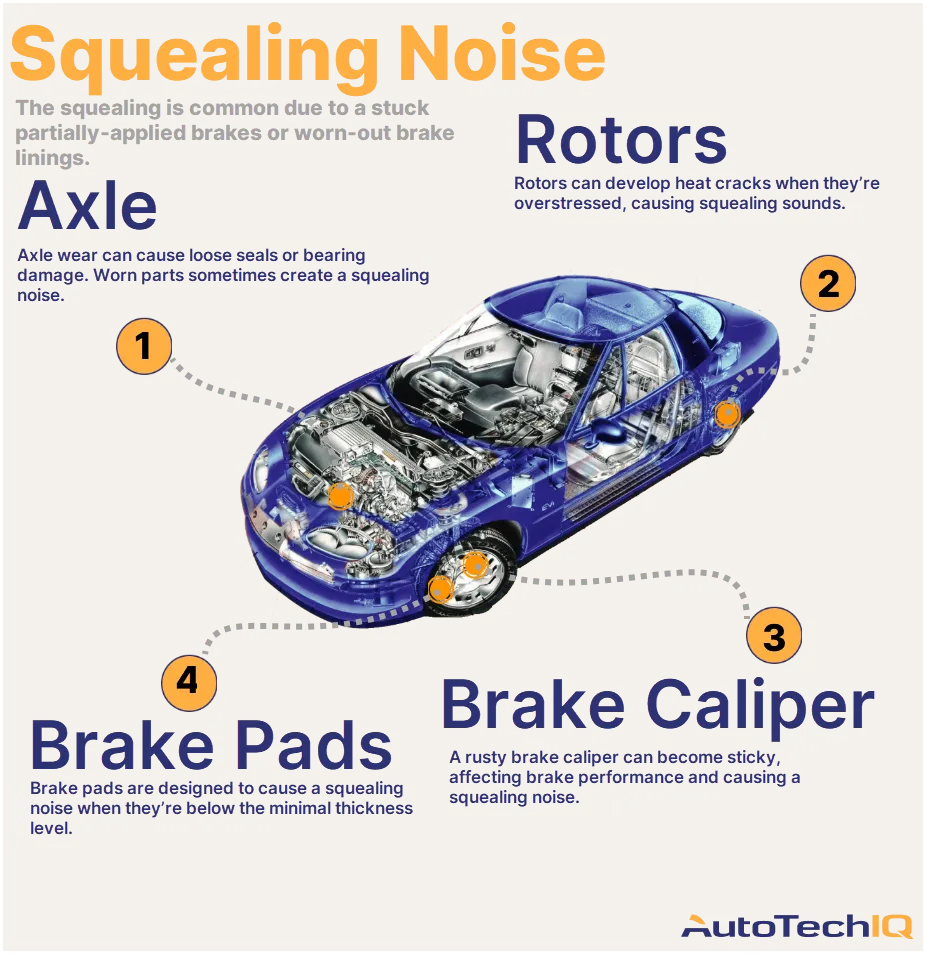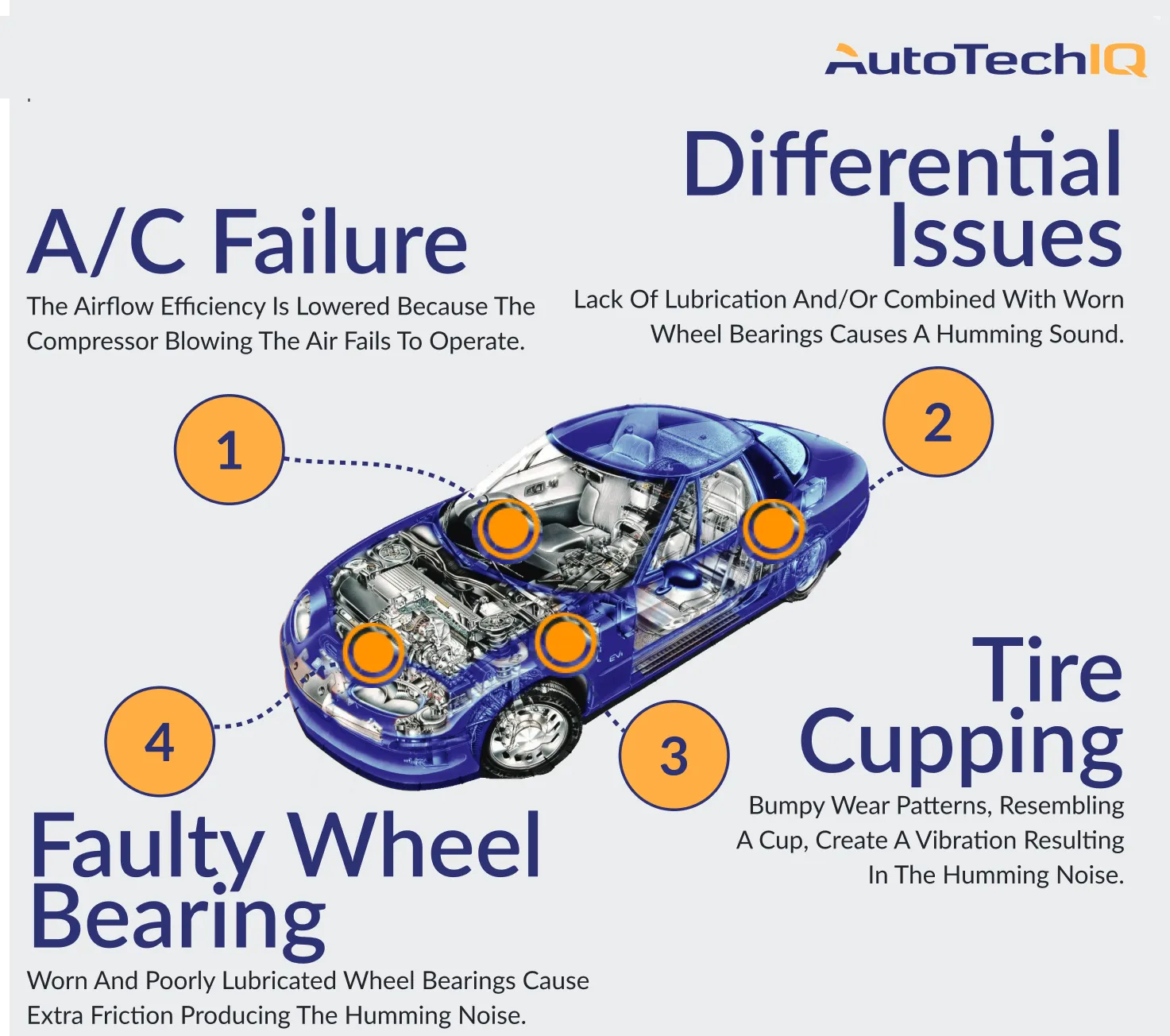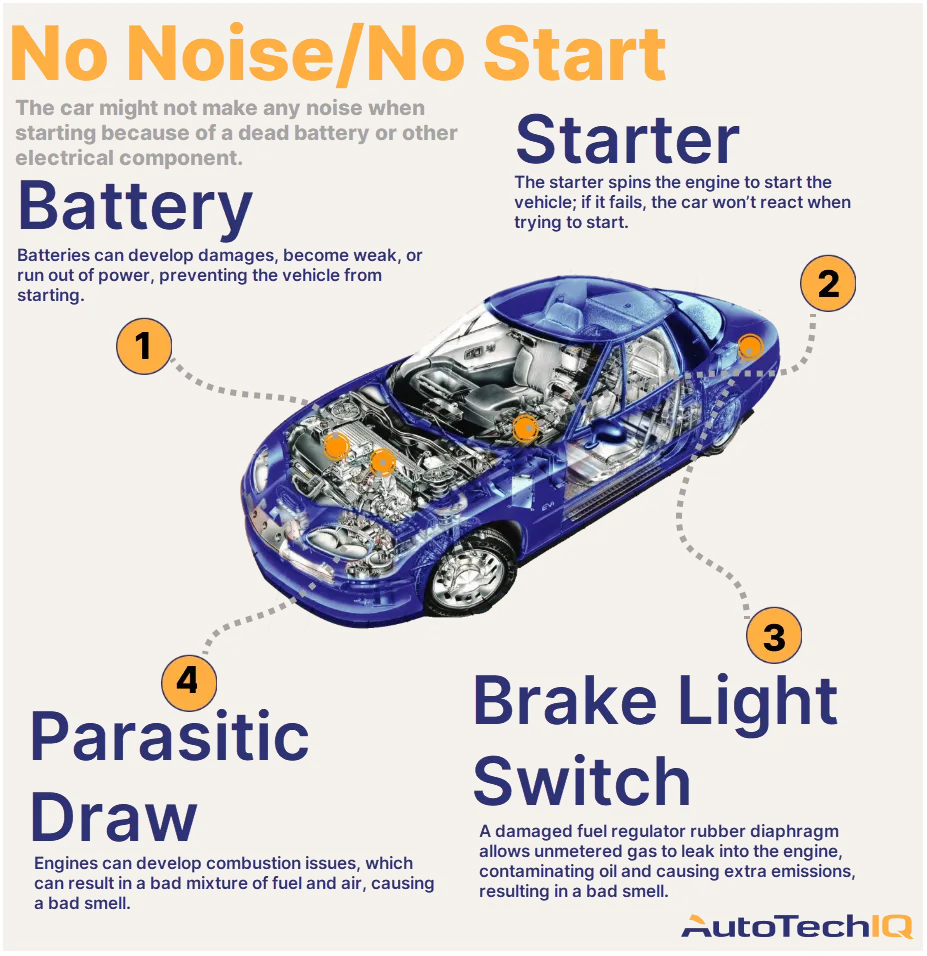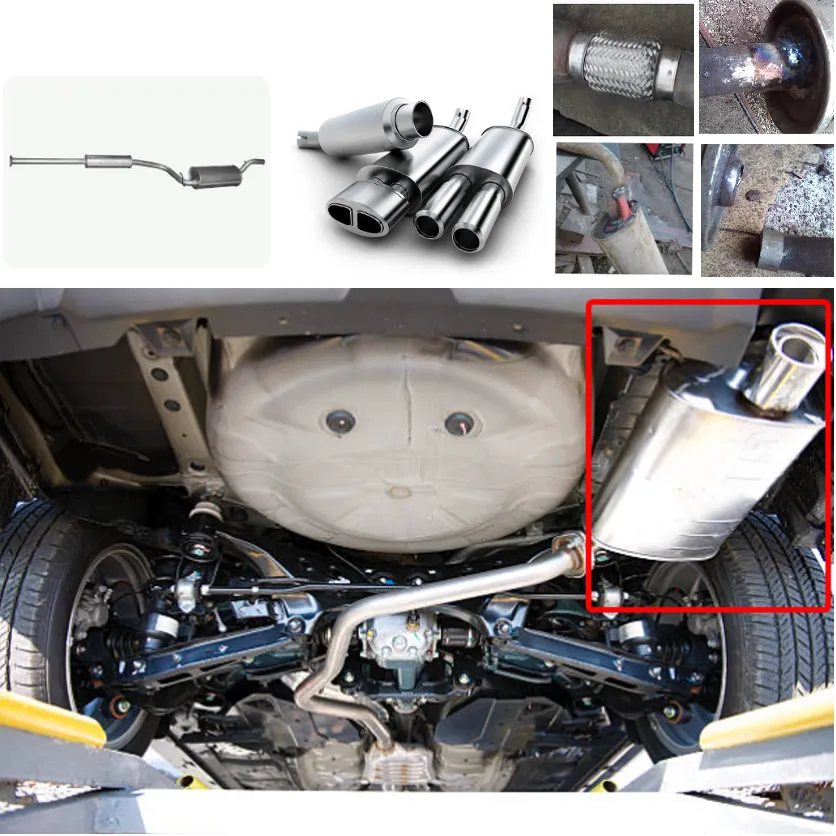
The muffler is one of the main components of a car's exhaust system. Its function is to suppress noise produced during engine operation and to reduce the concentration of emissions resulting from fuel combustion. Muffler degradation is a normal occurrence that happens over time due to environmental factors, temperature fluctuations, condensation, metal corrosion, as well as mechanical damage from aggressive driving on uneven roads.
Symptoms that should prompt you to check the muffler include increased engine noise and various types of extraneous noises coming from the rear underside of the car. Over time, the muffler can suffer damage, such as the corrosion of its protective casing and the pipes leading from it. Depending on the nature of the damage, the muffler can either be repaired or replaced if repair is not feasible. Muffler repairs are carried out for minor casing damage by welding patches onto the casing. If a pipe that was welded to the muffler falls off, it can be re-welded, but the weld should be reinforced by adding additional metal elements; otherwise, the repair may be short-lived, and you'll need to repair or replace the muffler again.
In any case, work related to muffler repair and replacement is labor-intensive, requiring specialized skills (such as welding), equipment, and tools. The most optimal option would be to consult a professional mechanic who can advise you on whether to repair or replace your muffler. You should also understand that muffler repair is a temporary solution and is no substitute for a new muffler.
Depending on the design of a car's exhaust system, the muffler can either be a separate element or an integral part of the entire exhaust system, meaning its replacement would also involve the resonator and exhaust manifold. In this case, muffler repair and replacement become more complicated, both in terms of time and cost. To save money, you can choose to replace only the muffler using a special connecting coupler. In this case, the mechanic cuts off the muffler from the exhaust system and installs a new one using the coupler. There are rigid couplers in the form of a pipe with a clamp, and there are flexible ones like corrugated couplers. The overall performance of the car's exhaust system will not be compromised in this case. After completing the repair work, make sure that the muffler is correctly attached to the exhaust system and is securely fastened. There should be no exhaust gas leaks, holes, or gaps, and note that the exhaust system should not be rigidly fixed but should have some slight mobility in the suspension mounts.
When choosing a new muffler, pay attention to the material it is made from:
- Steel: The cheapest and most common material for making mufflers, usually coated with an anti-corrosion layer or galvanized to protect against corrosion; generally lasts for an average of 3 years.
- Stainless steel: High cost, excellent corrosion resistance, and a beautiful appearance; lifespan up to 10 years.
- Aluminized steel: Steel with added aluminum, good corrosion resistance, lighter weight than pure steel; lifespan of 3-6 years.
All new mufflers offer roughly the same noise suppression (unlike straight-through mufflers, the use of which is prohibited by law). The question is how long the muffler you buy will last, and how quickly it will wear out or succumb to corrosion and degradation.


